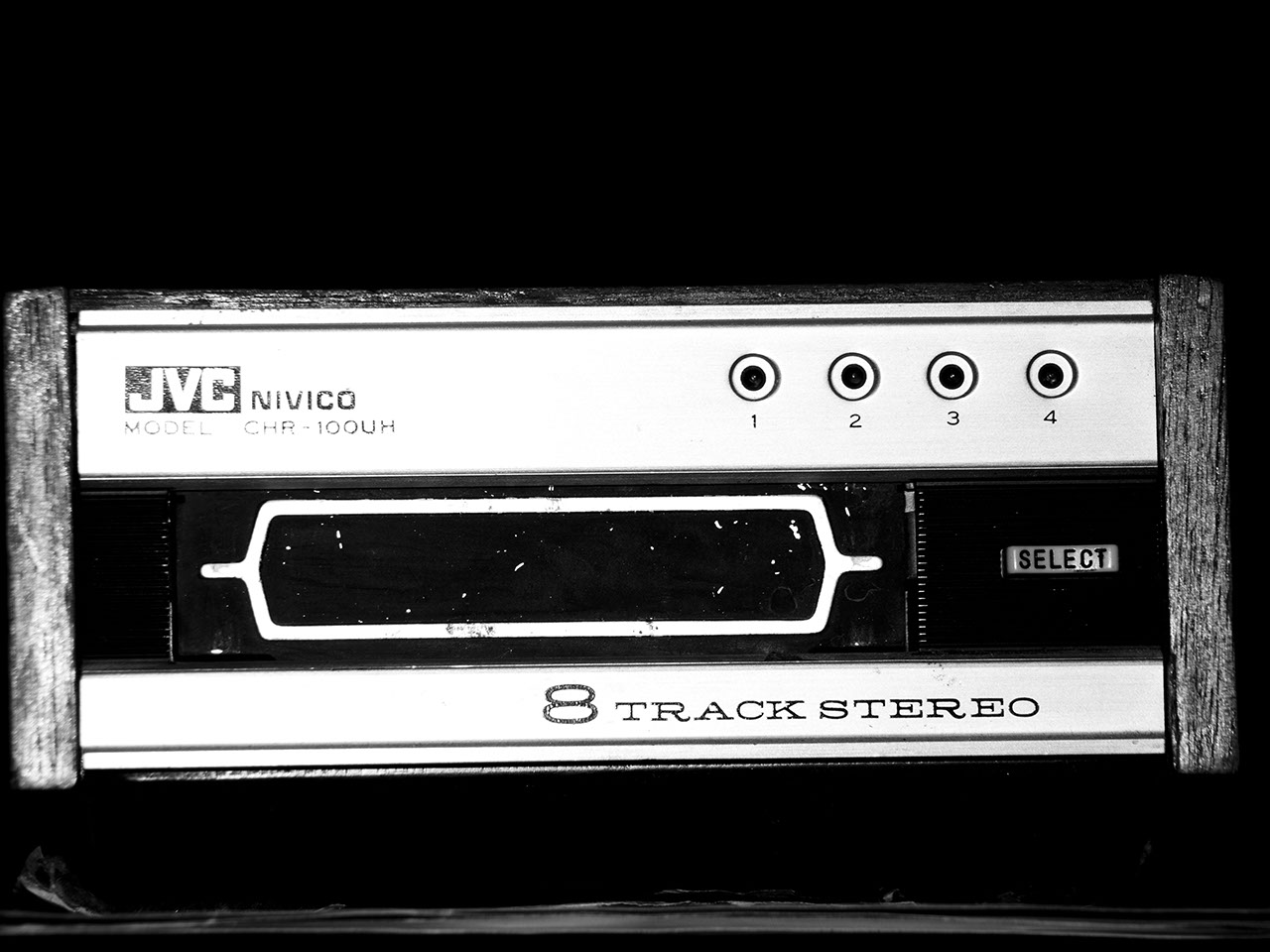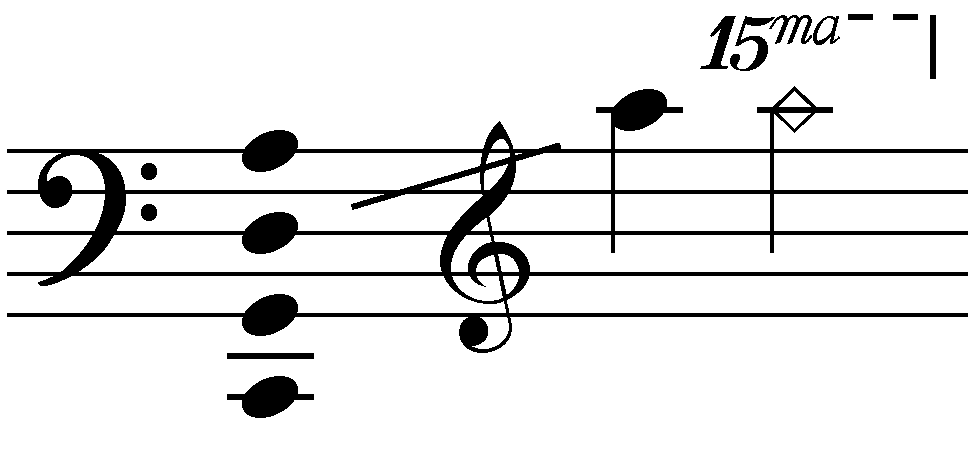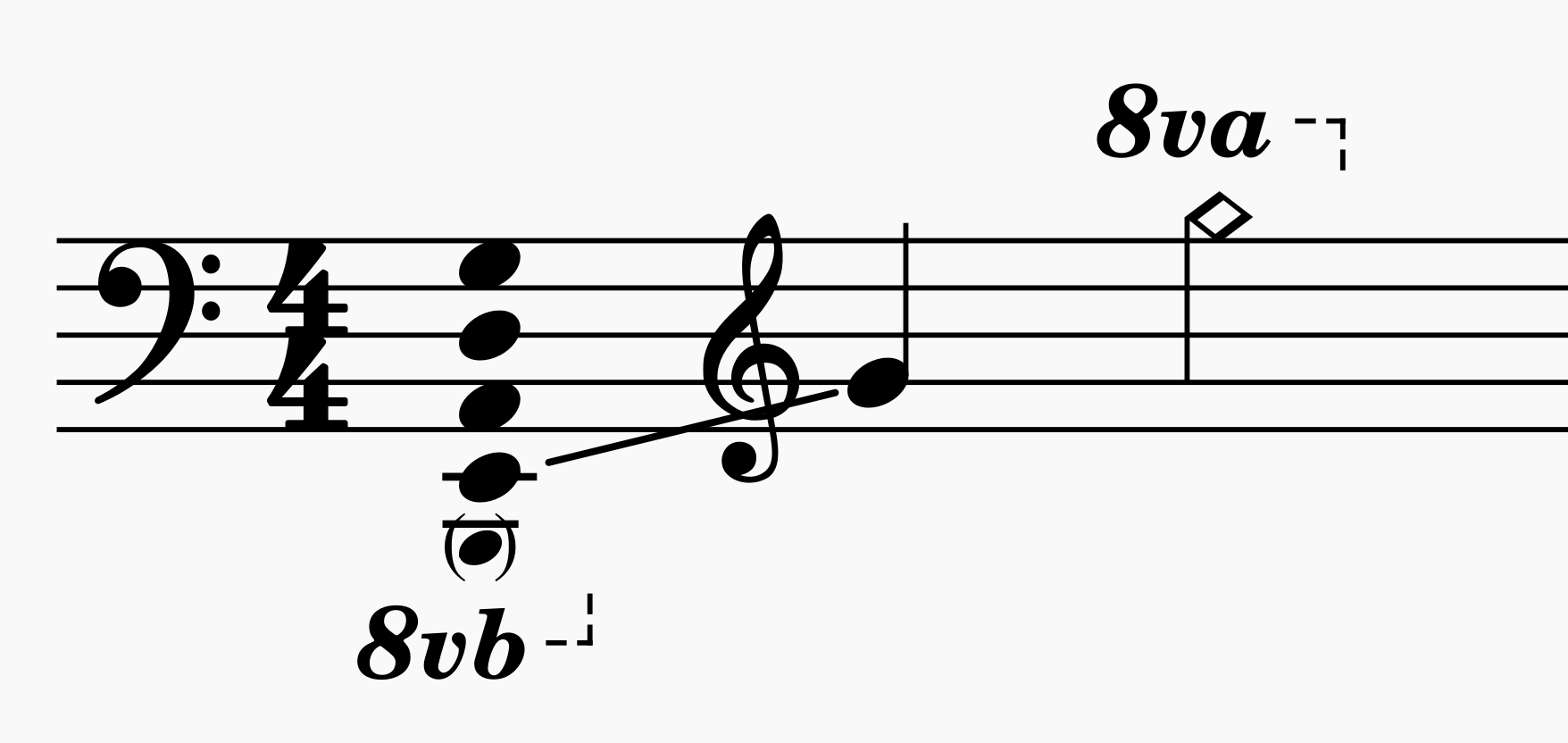|
Roulette Girl
''Roulette Girl'' is the second album by Mary Prankster. Track listing All songs by Mary Prankster # "Roulette Girl" – 3:36 # "The Bottle's Talking Now" – 1:57 # "The World Is Full of Bastards" – 1:54 # "Swan Dive" – 2:47 # "Rational Bohemian" – 2:39 # "Mata Hari" – 1:59 # "Punk Rock Heaven" – 1:37 # "Tempest" – 2:08 # "Takes His Place" – 4:21 # "New Tricks" – 2:52 Personnel * Mary Prankster – vocals, guitar * Jon E. Cakes – bass guitar on all tracks, acoustic guitar on "New Tricks" * Phil Tang – drums * Rennie Grant – lead guitar, additional rhythm guitar * Jimmi Sexton – guitar solo on "Roulette Girl" * Allyson Daniels – gospel vocals and arrangement * Marcella Daniel – gospel vocals * Wenona R. Daniel – gospel vocals * Ursula Encarnacion – string arrangement, cello * Raili Haimila – viola * Jenny Takamatsu – violin * Larry "The Horn" Williams – french horn * Elisa Koehler – horn arrangement, trumpet * Matt Belzer – clarinet ... [...More Info...] [...Related Items...] OR: [Wikipedia] [Google] [Baidu] |
Album
An album is a collection of audio recordings issued on compact disc (CD), Phonograph record, vinyl, audio tape, or another medium such as Digital distribution#Music, digital distribution. Albums of recorded sound were developed in the early 20th century as individual Phonograph record#78 rpm disc developments, 78 rpm records collected in a bound book resembling a photograph album; this format evolved after 1948 into single vinyl LP record, long-playing (LP) records played at revolutions per minute, rpm. The album was the dominant form of recorded music expression and consumption from the mid-1960s to the early 21st century, a period known as the album era. Vinyl LPs are still issued, though album sales in the 21st-century have mostly focused on CD and MP3 formats. The 8-track tape was the first tape format widely used alongside vinyl from 1965 until being phased out by 1983 and was gradually supplanted by the cassette tape during the 1970s and early 1980s; the populari ... [...More Info...] [...Related Items...] OR: [Wikipedia] [Google] [Baidu] |
Phil Tang
{{dab ...
Phil may refer to: * Phil (given name), a shortened version of masculine and feminine names * Phill, a given name also spelled "Phil" * Phil, Kentucky, United States * ''Phil'' (film), a 2019 film * -phil-, a lexical fragment, used as a root term for many words * Philippines, a country in Southeast Asia, frequently abbreviated as ''PHIL'' * Philosophy, abbreviated as "phil." * Philology, abbreviated as "phil." See also * Master of Philosophy (M.Phil) * Doctor of Philosophy (D.Phil or Ph.D) * University Philosophical Society, known as "The Phil" * * Big Phil (other) * Dr. Phil (other) * Fil (other) * Fill (other) * Philip (other) * Philipp * Philippa * Philippic * Philipps Philipps is an English, Dutch, and German surname meaning "lover of horses". Derivative, patronym, of the more common ancient Greek name "Philippos and Philippides." Notable people with this surname are: "Philipps" has also been a shortened versio ... [...More Info...] [...Related Items...] OR: [Wikipedia] [Google] [Baidu] |
Mary Prankster Albums
Mary may refer to: People * Mary (name), a feminine given name (includes a list of people with the name) Religious contexts * New Testament people named Mary, overview article linking to many of those below * Mary, mother of Jesus, also called the Blessed Virgin Mary * Mary Magdalene, devoted follower of Jesus * Mary of Bethany, follower of Jesus, considered by Western medieval tradition to be the same person as Mary Magdalene * Mary, mother of James * Mary of Clopas, follower of Jesus * Mary, mother of John Mark * Mary of Egypt, patron saint of penitents * Mary of Rome, a New Testament woman * Mary, mother of Zechariah and sister of Moses and Aaron; mostly known by the Hebrew name: Miriam * Mary the Jewess one of the reputed founders of alchemy, referred to by Zosimus. * Mary 2.0, Roman Catholic women's movement * Maryam (surah) "Mary", 19th surah (chapter) of the Qur'an Royalty * Mary, Countess of Blois (1200–1241), daughter of Walter of Avesnes and Margaret of Blois * Ma ... [...More Info...] [...Related Items...] OR: [Wikipedia] [Google] [Baidu] |
Clarinet
The clarinet is a musical instrument in the woodwind family. The instrument has a nearly cylindrical bore and a flared bell, and uses a single reed to produce sound. Clarinets comprise a family of instruments of differing sizes and pitches. The clarinet family is the largest such woodwind family, with more than a dozen types, ranging from the BB♭ contrabass to the E♭ soprano. The most common clarinet is the B soprano clarinet. German instrument maker Johann Christoph Denner is generally credited with inventing the clarinet sometime after 1698 by adding a register key to the chalumeau, an earlier single-reed instrument. Over time, additional keywork and the development of airtight pads were added to improve the tone and playability. Today the clarinet is used in classical music, military bands, klezmer, jazz, and other styles. It is a standard fixture of the orchestra and concert band. Etymology The word ''clarinet'' may have entered the English language via the ... [...More Info...] [...Related Items...] OR: [Wikipedia] [Google] [Baidu] |
Trumpet
The trumpet is a brass instrument commonly used in classical and jazz ensembles. The trumpet group ranges from the piccolo trumpet—with the highest register in the brass family—to the bass trumpet, pitched one octave below the standard B or C trumpet. Trumpet-like instruments have historically been used as signaling devices in battle or hunting, with examples dating back to at least 1500 BC. They began to be used as musical instruments only in the late 14th or early 15th century. Trumpets are used in art music styles, for instance in orchestras, concert bands, and jazz ensembles, as well as in popular music. They are played by blowing air through nearly-closed lips (called the player's embouchure), producing a "buzzing" sound that starts a standing wave vibration in the air column inside the instrument. Since the late 15th century, trumpets have primarily been constructed of brass tubing, usually bent twice into a rounded rectangular shape. There are many di ... [...More Info...] [...Related Items...] OR: [Wikipedia] [Google] [Baidu] |
French Horn
The French horn (since the 1930s known simply as the horn in professional music circles) is a brass instrument made of tubing wrapped into a coil with a flared bell. The double horn in F/B (technically a variety of German horn) is the horn most often used by players in professional orchestras and bands, although the descant and triple horn have become increasingly popular. A musician who plays a horn is known as a horn player or hornist. Pitch is controlled through the combination of the following factors: speed of air through the instrument (controlled by the player's lungs and thoracic diaphragm); diameter and tension of lip aperture (by the player's lip muscles—the embouchure) in the mouthpiece; plus, in a modern horn, the operation of valves by the left hand, which route the air into extra sections of tubing. Most horns have lever-operated rotary valves, but some, especially older horns, use piston valves (similar to a trumpet's) and the Vienna horn uses double-pis ... [...More Info...] [...Related Items...] OR: [Wikipedia] [Google] [Baidu] |
Violin
The violin, sometimes known as a ''fiddle'', is a wooden chordophone (string instrument) in the violin family. Most violins have a hollow wooden body. It is the smallest and thus highest-pitched instrument (soprano) in the family in regular use. The violin typically has four strings (music), strings (some can have five-string violin, five), usually tuned in perfect fifths with notes G3, D4, A4, E5, and is most commonly played by drawing a bow (music), bow across its strings. It can also be played by plucking the strings with the fingers (pizzicato) and, in specialized cases, by striking the strings with the wooden side of the bow (col legno). Violins are important instruments in a wide variety of musical genres. They are most prominent in the Western classical music, Western classical tradition, both in ensembles (from chamber music to orchestras) and as solo instruments. Violins are also important in many varieties of folk music, including country music, bluegrass music, and ... [...More Info...] [...Related Items...] OR: [Wikipedia] [Google] [Baidu] |
Viola
; german: Bratsche , alt=Viola shown from the front and the side , image=Bratsche.jpg , caption= , background=string , hornbostel_sachs=321.322-71 , hornbostel_sachs_desc=Composite chordophone sounded by a bow , range= , related= *Violin family (violin, cello, double bass) *List of violists , articles= , sound sample = The viola ( , also , ) is a string instrument that is bowed, plucked, or played with varying techniques. Slightly larger than a violin, it has a lower and deeper sound. Since the 18th century, it has been the middle or alto voice of the violin family, between the violin (which is tuned a perfect fifth above) and the cello (which is tuned an octave below). The strings from low to high are typically tuned to C3, G3, D4, and A4. In the past, the viola varied in size and style, as did its names. The word viola originates from the Italian language. The Italians often used the term viola da braccio meaning literally: 'of the arm'. "Brazzo" was another Italian word ... [...More Info...] [...Related Items...] OR: [Wikipedia] [Google] [Baidu] |
Cello
The cello ( ; plural ''celli'' or ''cellos'') or violoncello ( ; ) is a Bow (music), bowed (sometimes pizzicato, plucked and occasionally col legno, hit) string instrument of the violin family. Its four strings are usually intonation (music), tuned in perfect fifths: from low to high, scientific pitch notation, C2, G2, D3 and A3. The viola's four strings are each an octave higher. Music for the cello is generally written in the bass clef, with tenor clef, and treble clef used for higher-range passages. Played by a ''List of cellists, cellist'' or ''violoncellist'', it enjoys a large solo repertoire Cello sonata, with and List of solo cello pieces, without accompaniment, as well as numerous cello concerto, concerti. As a solo instrument, the cello uses its whole range, from bassline, bass to soprano, and in chamber music such as string quartets and the orchestra's string section, it often plays the bass part, where it may be reinforced an octave lower by the double basses. Figure ... [...More Info...] [...Related Items...] OR: [Wikipedia] [Google] [Baidu] |
Drum
The drum is a member of the percussion group of musical instruments. In the Hornbostel-Sachs classification system, it is a membranophone. Drums consist of at least one membrane, called a drumhead or drum skin, that is stretched over a shell and struck, either directly with the player's hands, or with a percussion mallet, to produce sound. There is usually a resonant head on the underside of the drum. Other techniques have been used to cause drums to make sound, such as the thumb roll. Drums are the world's oldest and most ubiquitous musical instruments, and the basic design has remained virtually unchanged for thousands of years. Drums may be played individually, with the player using a single drum, and some drums such as the djembe are almost always played in this way. Others are normally played in a set of two or more, all played by the one player, such as bongo drums and timpani. A number of different drums together with cymbals form the basic modern drum kit. ... [...More Info...] [...Related Items...] OR: [Wikipedia] [Google] [Baidu] |
Bass Guitar
The bass guitar, electric bass or simply bass (), is the lowest-pitched member of the string family. It is a plucked string instrument similar in appearance and construction to an electric or an acoustic guitar, but with a longer neck and scale length, and typically four to six strings or courses. Since the mid-1950s, the bass guitar has largely replaced the double bass in popular music. The four-string bass is usually tuned the same as the double bass, which corresponds to pitches one octave lower than the four lowest-pitched strings of a guitar (typically E, A, D, and G). It is played primarily with the fingers or thumb, or with a pick. To be heard at normal performance volumes, electric basses require external amplification. Terminology According to the ''New Grove Dictionary of Music and Musicians'', an "Electric bass guitar sa Guitar, usually with four heavy strings tuned E1'–A1'–D2–G2." It also defines ''bass'' as "Bass (iv). A contraction of Double bass ... [...More Info...] [...Related Items...] OR: [Wikipedia] [Google] [Baidu] |
Mary Prankster
Mary Prankster is the moniker for an American singer-songwriter. She is primarily associated with Baltimore (but now residing in New England), and played a blend of alternative/indie music with frank lyrics. The name is a reference to Ken Kesey's Merry Pranksters. After over 1,000 live performances, the Mary Prankster character was retired over "Pranksgiving Weekend" (November 25–28, 2005); the woman behind Mary continues to work on other creative projects. The musicians who have played in her band include Phil "The Machine" Tang, Jon "E. Cakes" Seidman, Dave "E. Rocket" Vergauwen, Mike Lackey, Cord Neal, Matt Collorafice, Terry Klawth, Andy Mabe, Cliff Retallick, Sam McCall and Michael Smith. Life and career Her first radio single was "Tits and Whiskey" from the album ''Blue Skies Over Dundalk'' (produced by Steve Wright of Wright Way Studios in Baltimore), a 1:40 song which she called "my attempt at writing the most obnoxious song ever", and which contained the word "fuck" th ... [...More Info...] [...Related Items...] OR: [Wikipedia] [Google] [Baidu] |







